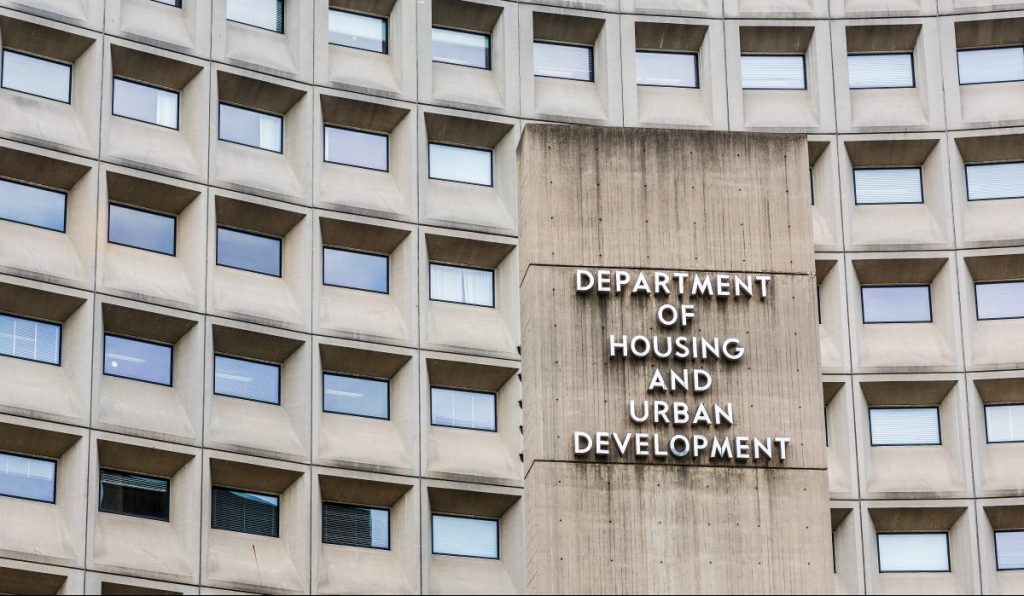The COVID-19 crisis has taught us that health is not an isolated factor, but instead has huge ripple effects on our economy, on homelessness, on hunger and a host of other human factors. As the heads respectively of a major public health care provider and a major nonprofit affordable housing developer, we recognize the synergies between health and housing.
We recently hosted a webinar with health care and housing experts. The webinar made clear that safe and affordable housing is critical to an individual’s health and to keeping health care costs under control, and that separate Congressional and federal agency policy and program silos impede their integration that is necessary to help individuals holistically.
Therefore, we call on HHS Secretary Javier Becerra and HUD Secretary Marcia Fudge to work together to explore the synergies between health care and housing — and to take bold action to work across federal agency and program silos to improve peoples’ lives.
Our organizations are already showing the dynamic success of cutting across health and housing lines.
National CORE’s main focus is to build and manage affordable housing. But National CORE is also engaging in innovative partnerships with health care providers. In San Bernardino, California, Common Spirit (formerly Dignity Health), helped to fund phase three of the larger Arrowhead Grove Regional Family Housing Project. In Rancho Cucamonga, Inland Empire Health Plan is helping to fund affordable housing for the Day Creek seniors housing development.
L.A. Care has taken innovative action to demonstrate the health care cost savings and delivery improvements from providing affordable housing to the homeless and other at-risk persons. L.A Care is able to do this because it has a “closed system.” L.A. Care reaps the cost savings benefits from investments in affordable housing — by reining in the all-too-common practice of homeless persons using costly emergency rooms as their customary health care platform.
But federal programs don’t work that way. HUD programs that house homeless and other low-income families don’t receive any budget credit for cost savings in health care, for stable housing that keep youths off the street and for self-sufficiency efforts that raise incomes and federal tax receipts.
Fortunately, we are starting to see Congressional recognition of the links between health and housing. Last year, the House of Representatives adopted report language concluding that “homelessness can unnecessarily drive up Medicaid costs through excessive use of emergency room care, and that providing housing and resident services to this population can reduce such costs.” The language directed the Department of Health and Human Services to explore the use of Medicaid waivers for affordable housing for families at risk of homelessness that are experiencing runaway health costs.
For decades, Medicaid has granted waivers for community-based care for senior citizens as a cost-effective alternative to nursing homes. In recent years, Medicaid has granted waivers to fund supportive services to homeless persons to help them find and sustain housing. Medicaid should consider the next logical step of granting Medicaid waivers for rent to house homeless persons with excessive levels of Medicaid expenditures.
But Medicaid is already underfunded relative to the cost of providing health care. What is ultimately needed is a reliable source of funding for this purpose — mandatory federal spending on housing investments that have both a financial and a human return.
There are other federal policies that could help bridge the gap between health and housing. Examples include new Section 8 housing vouchers for chronically homeless persons with excessive health care costs, and funding for services for individuals in federal low-income housing units, so we don’t just warehouse people but also improve their lives.
Our organizations got out of our comfort zones to work together to take advantage of the synergies between health and housing. It is time the federal government does the same.
This column does not necessarily reflect the opinion of HousingWire’s editorial department and its owners.
To contact the authors of this story:
John Baackes at jbaackes@lacares.org and Steve PonTell at spontell@nationalcore.org
To contact the editor responsible for this story:
Sarah Wheeler at swheeler@housingwire.com








